My little story #1
I'm good at thinking rationally and drawing inferences about other cases from one instance.
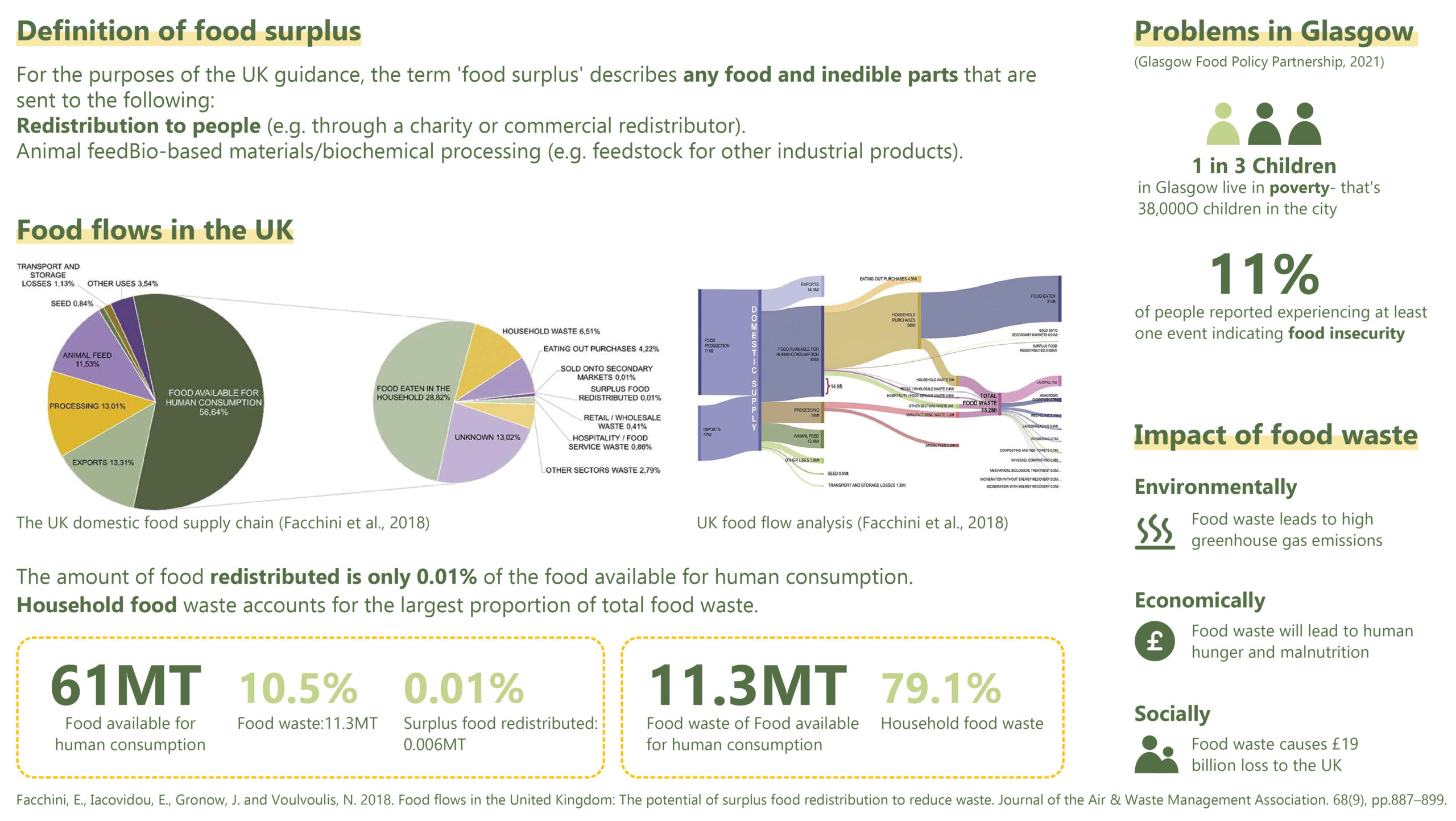
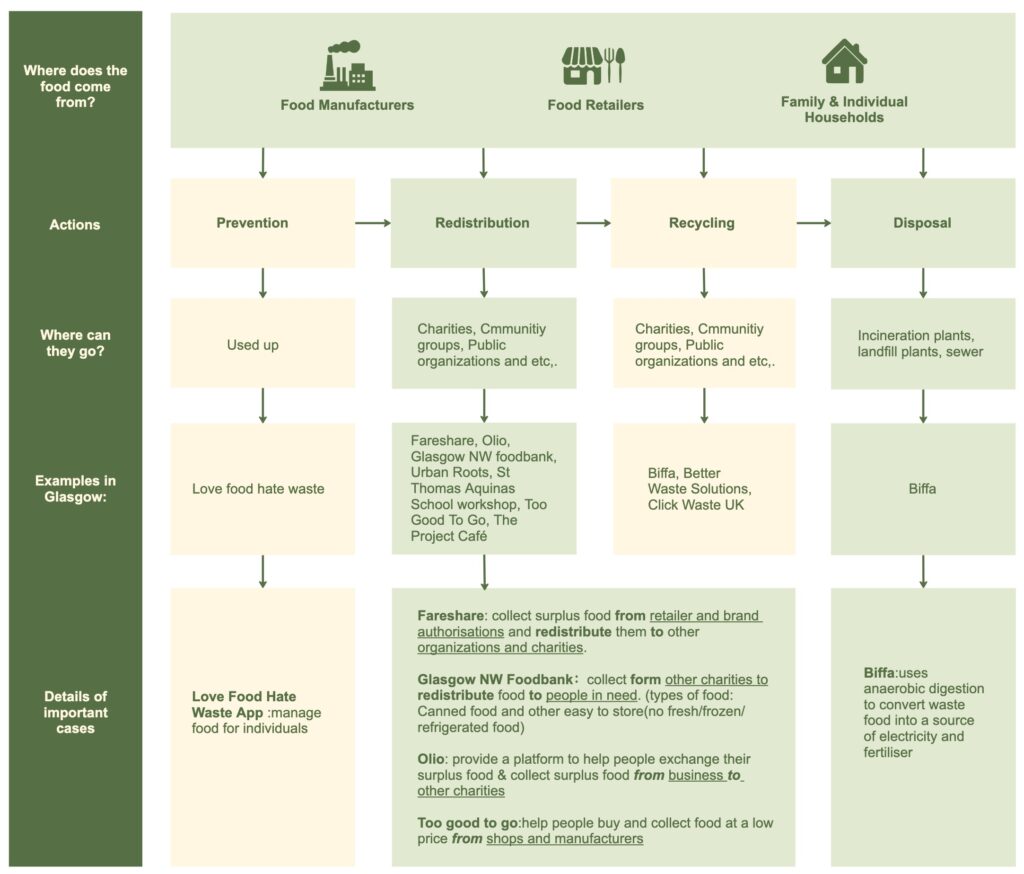
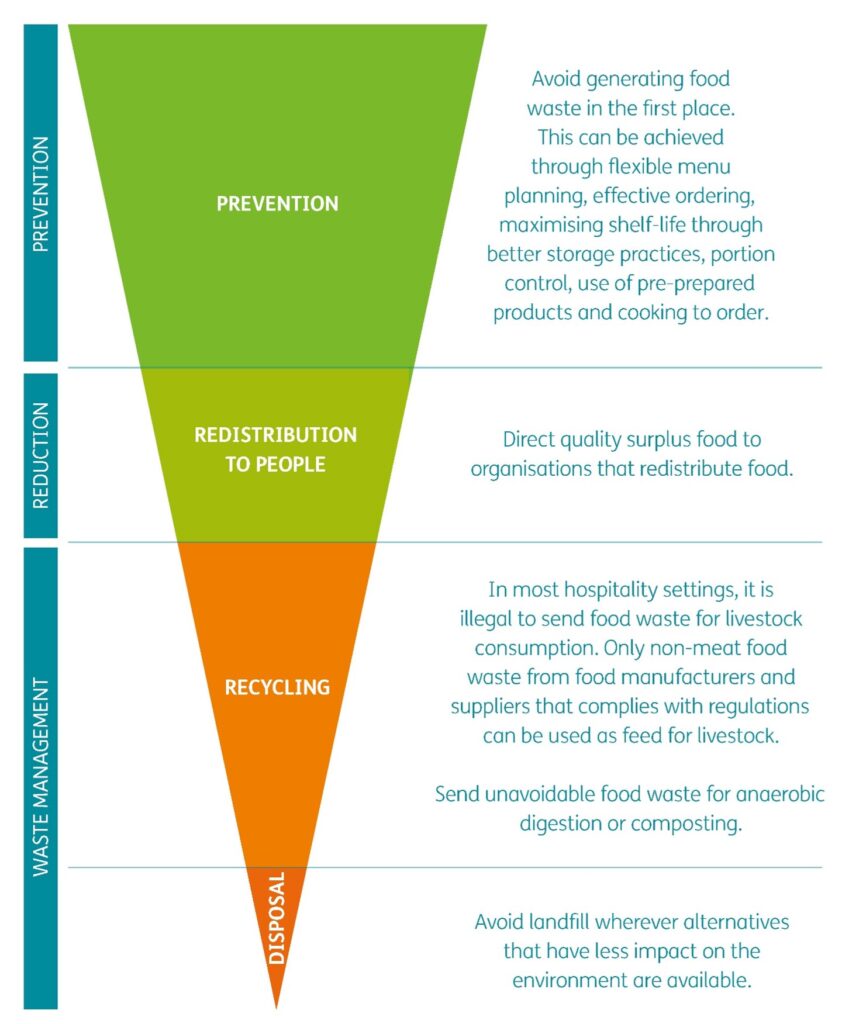

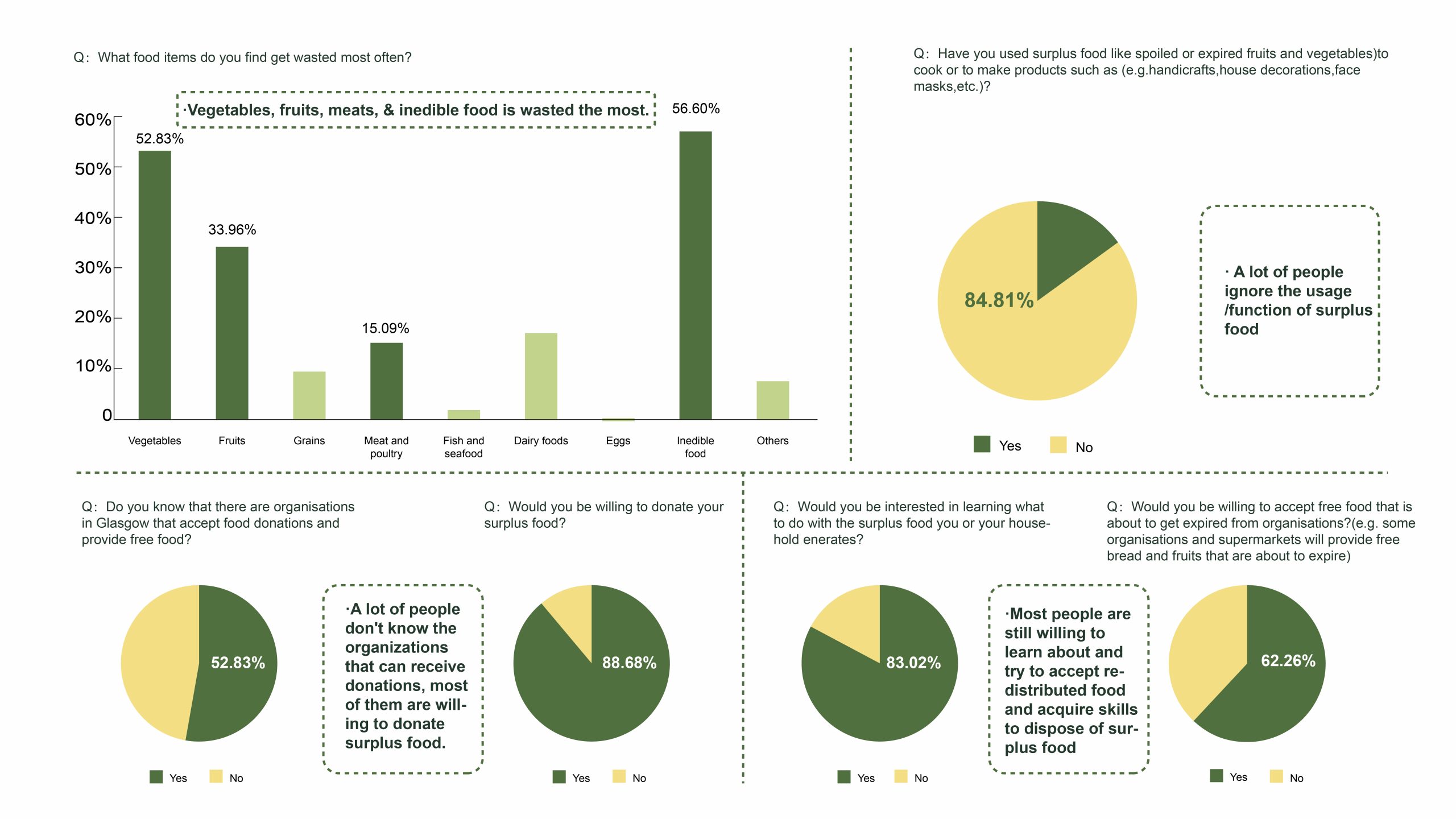
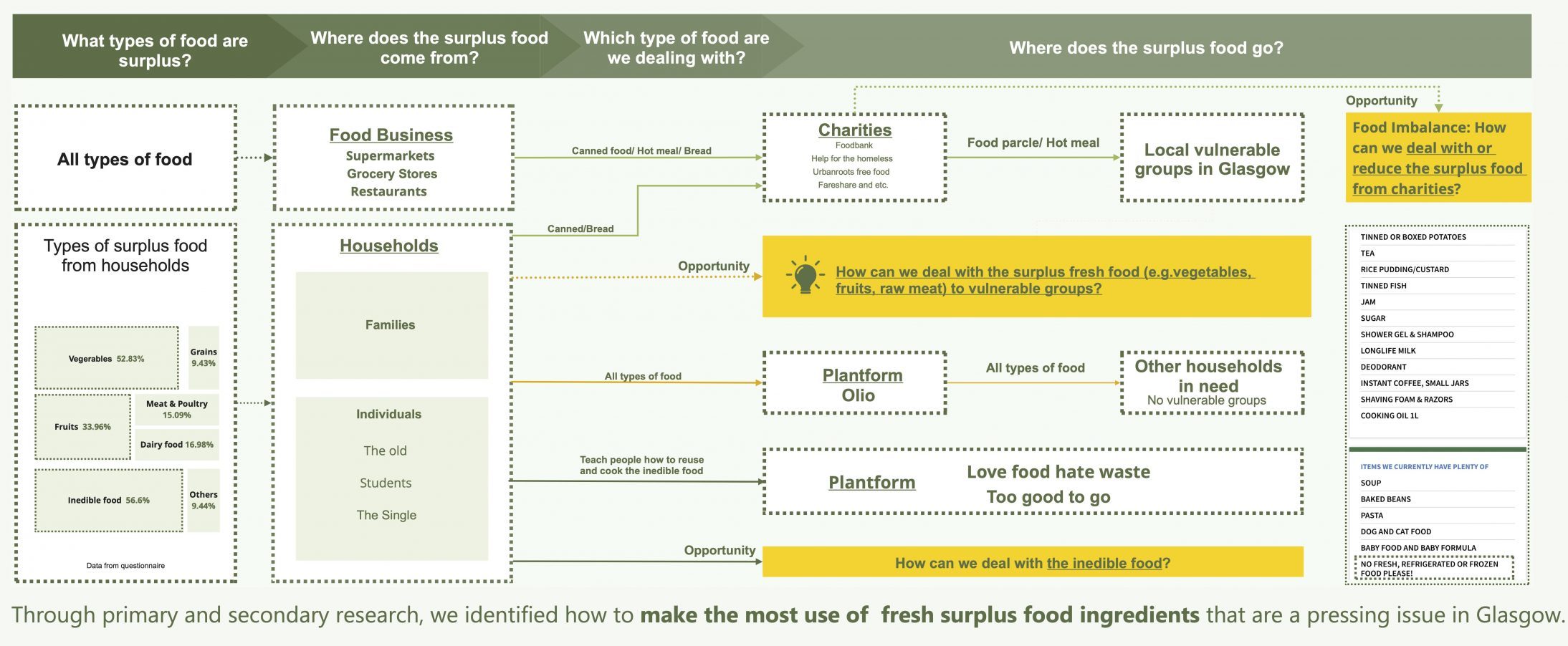

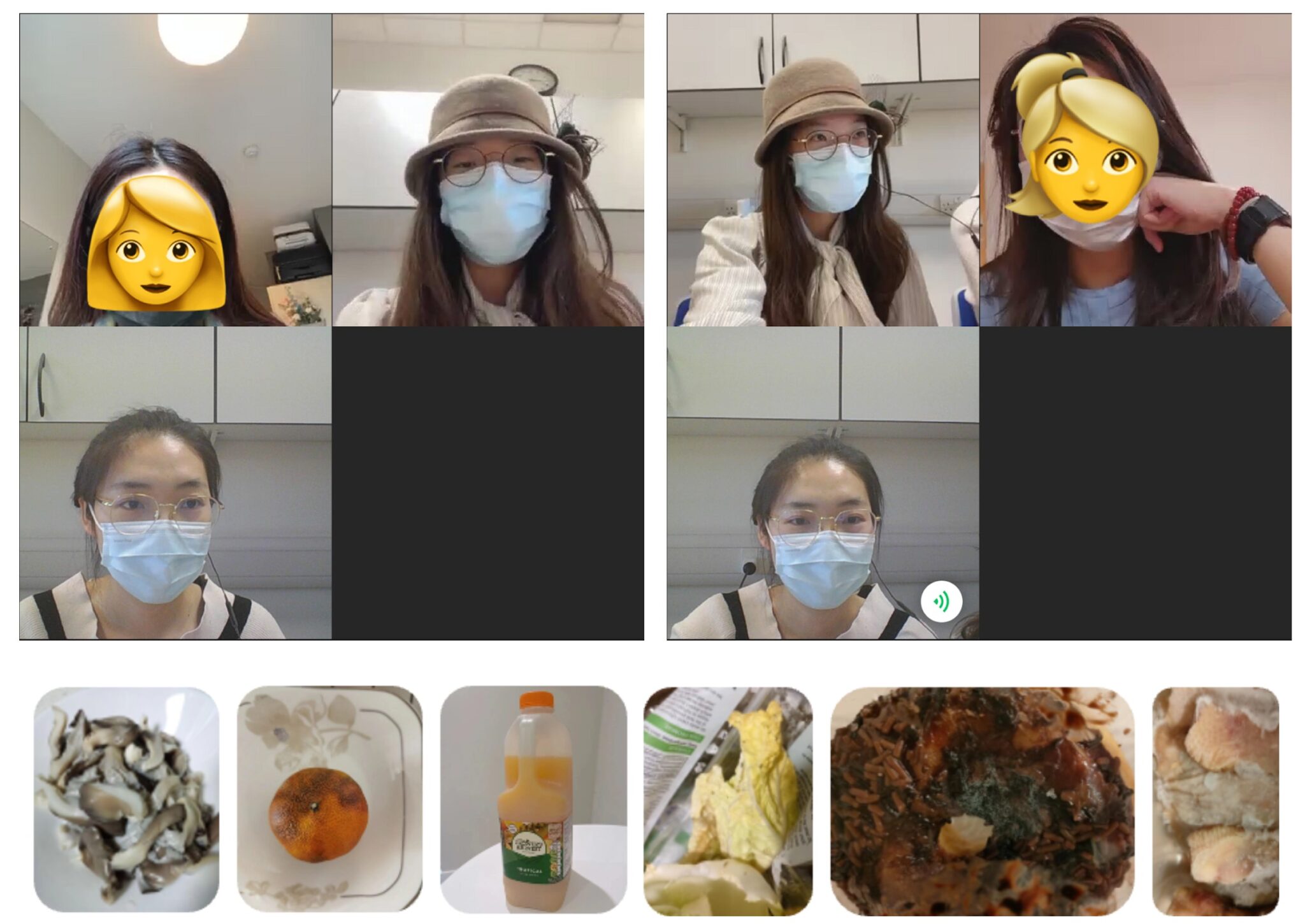
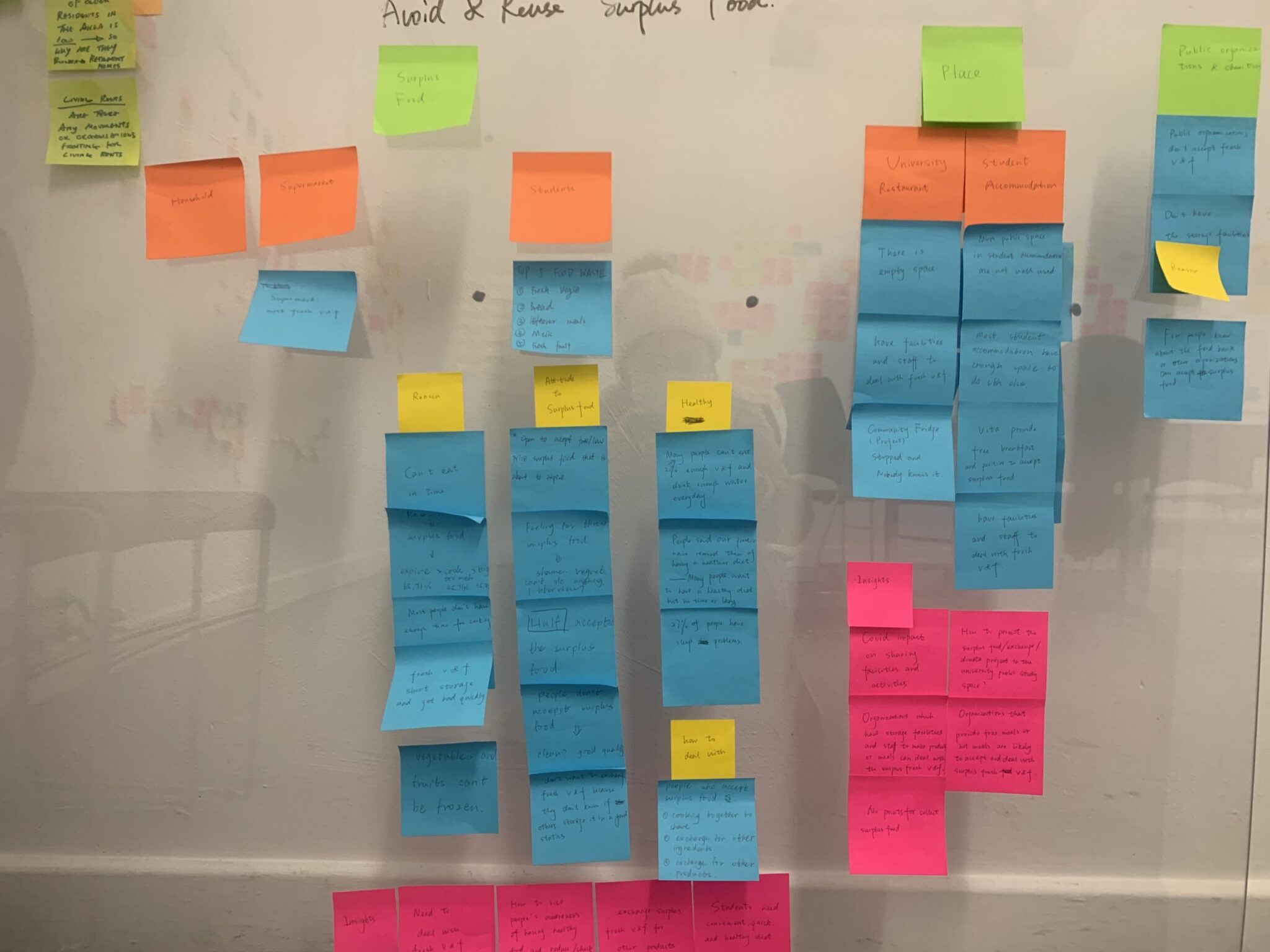
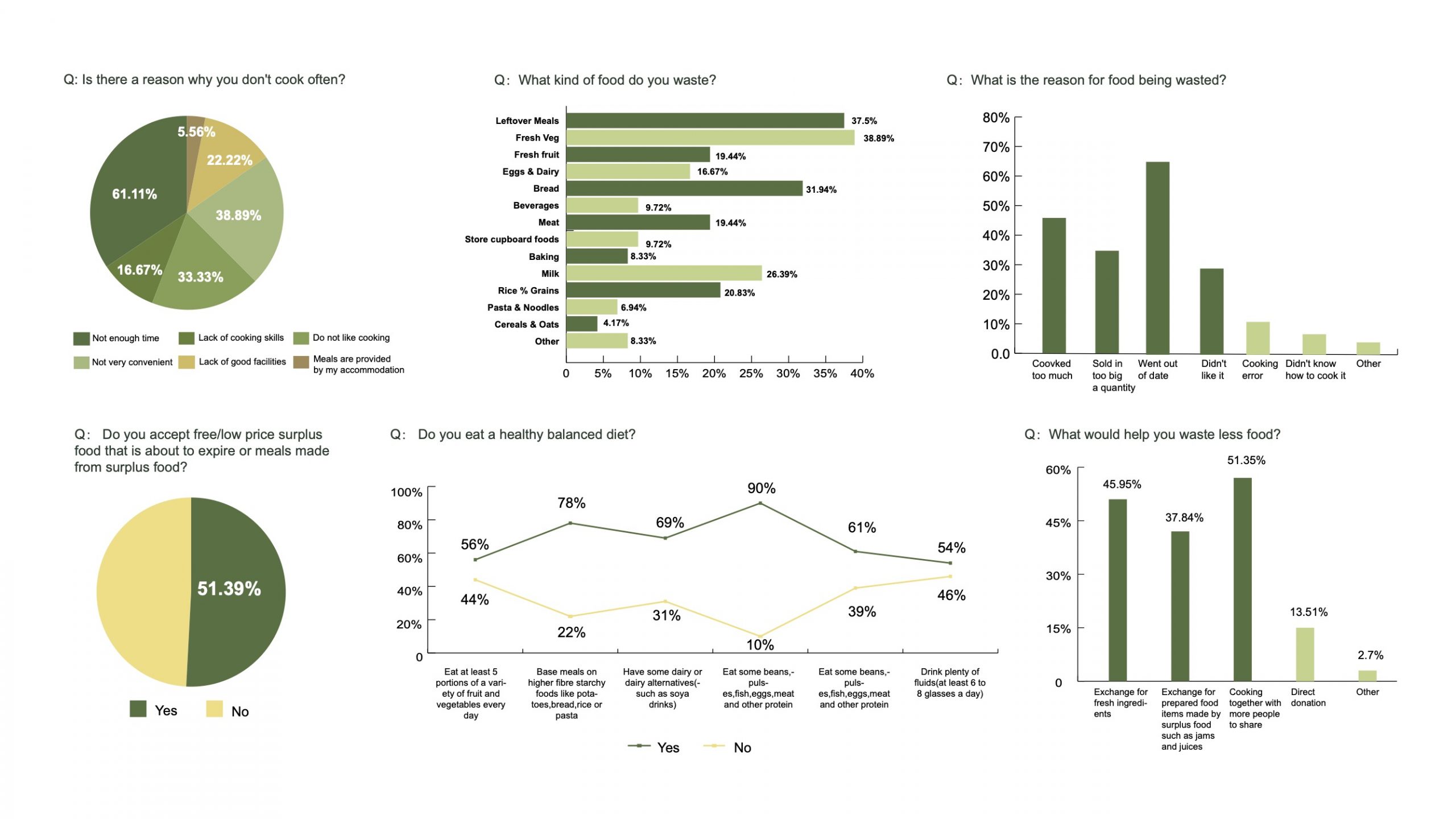
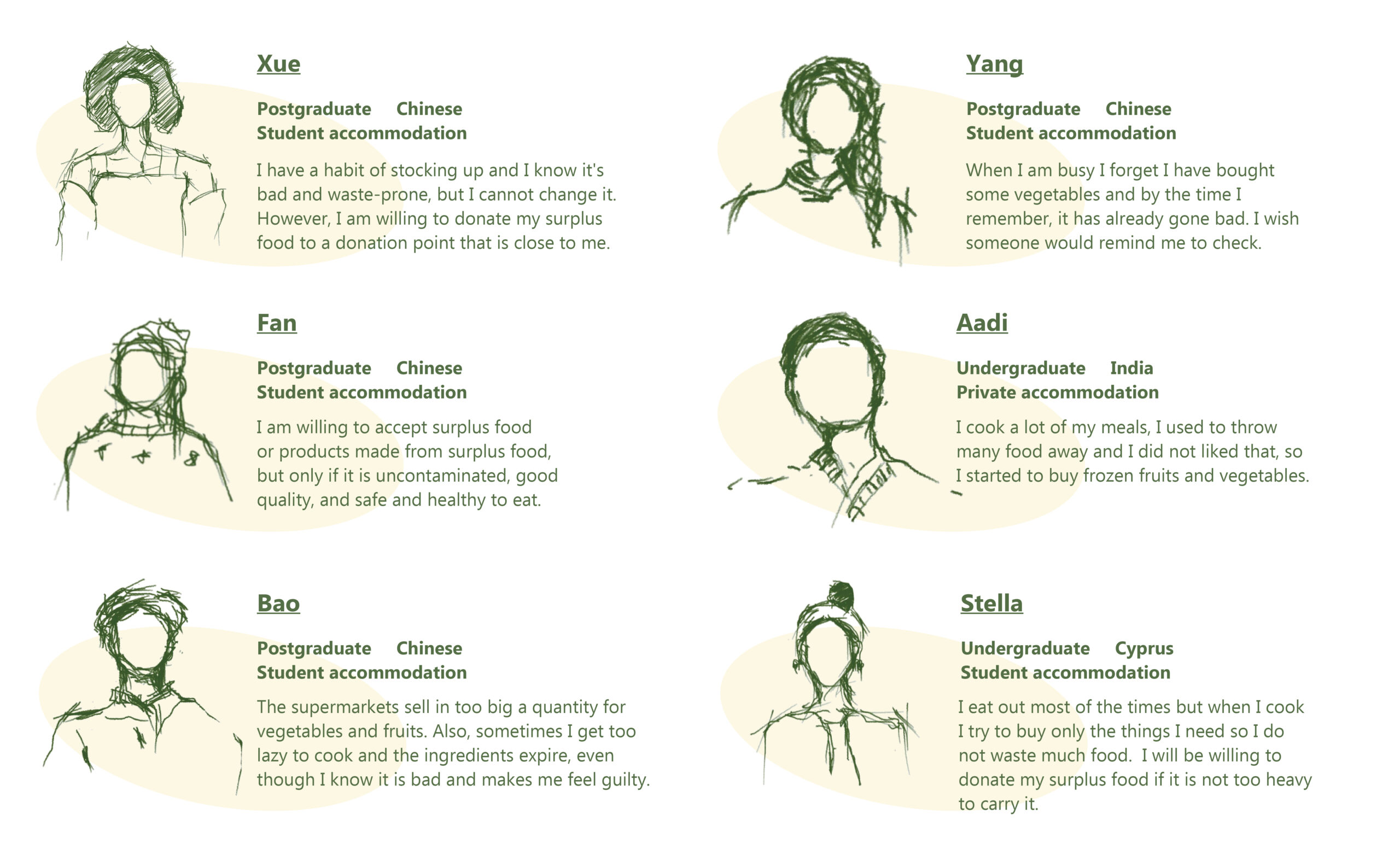
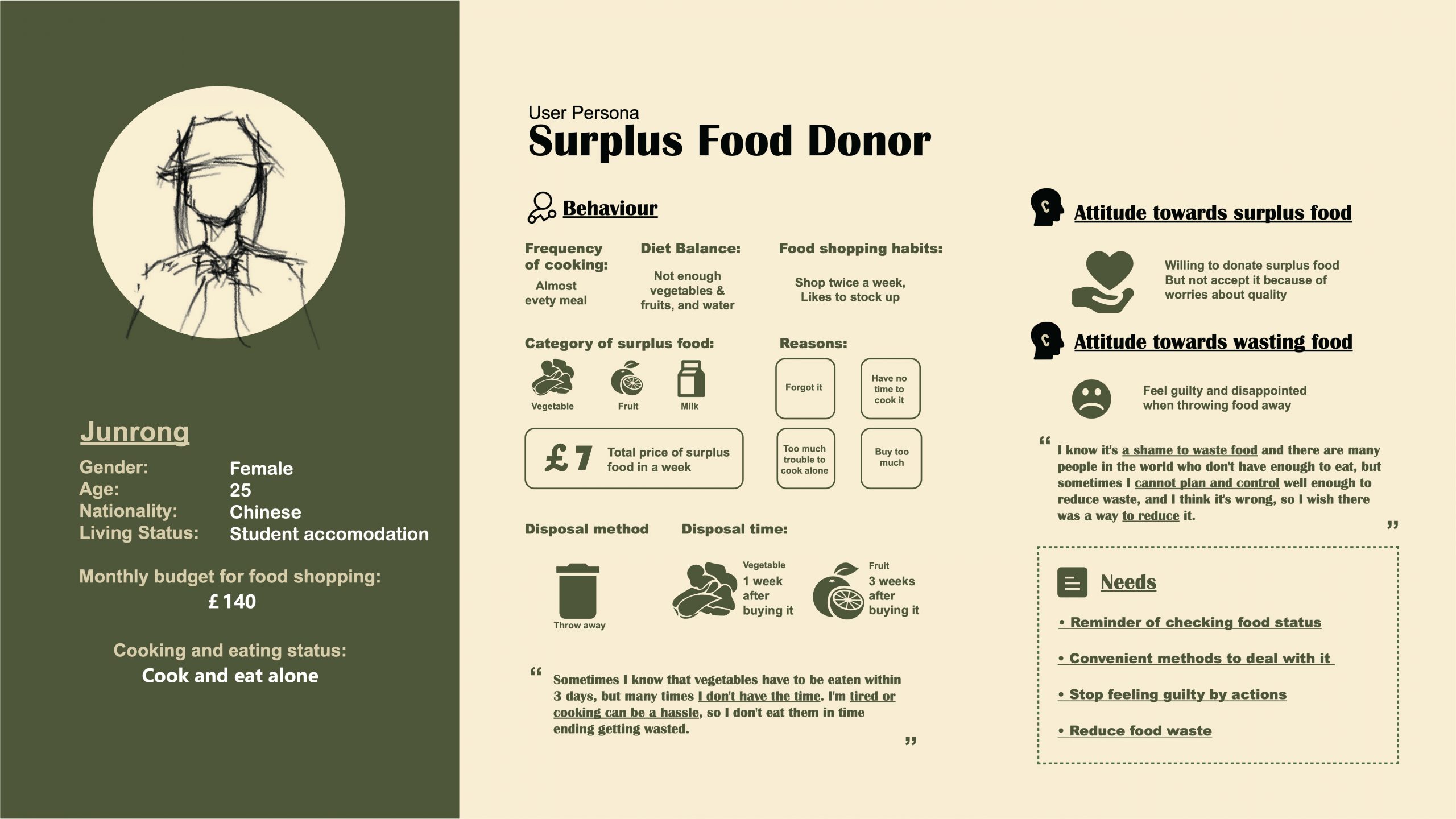

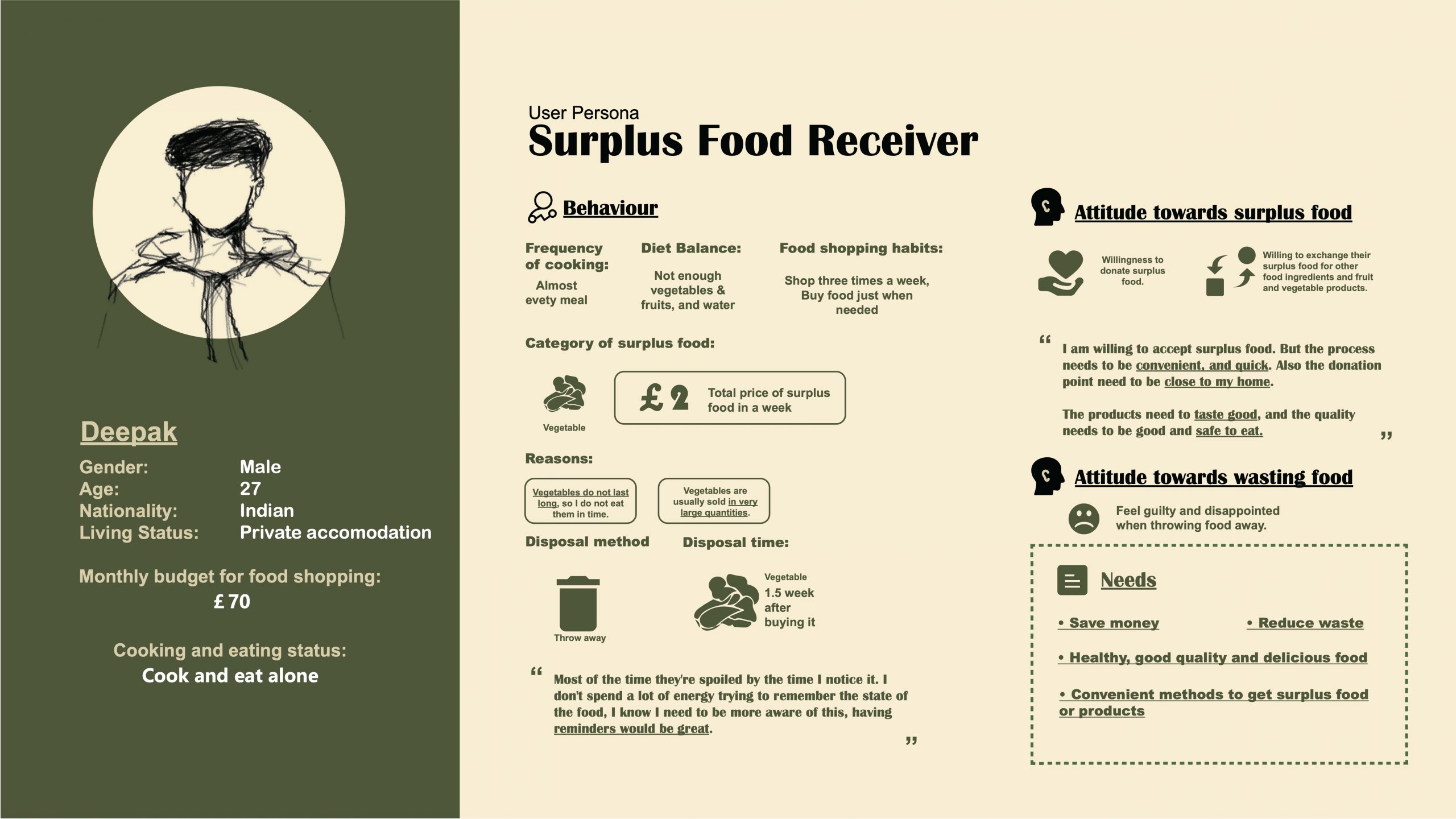
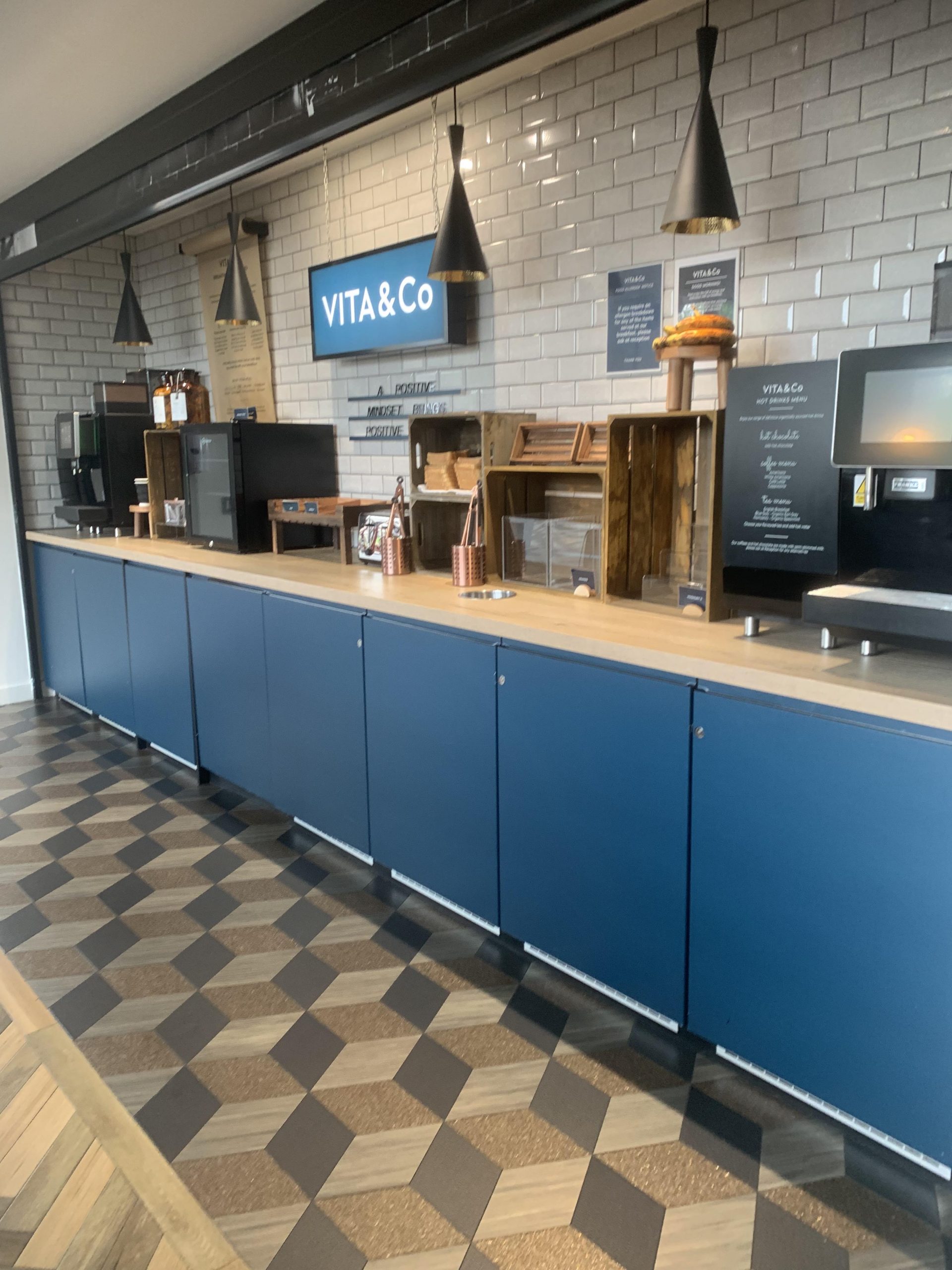
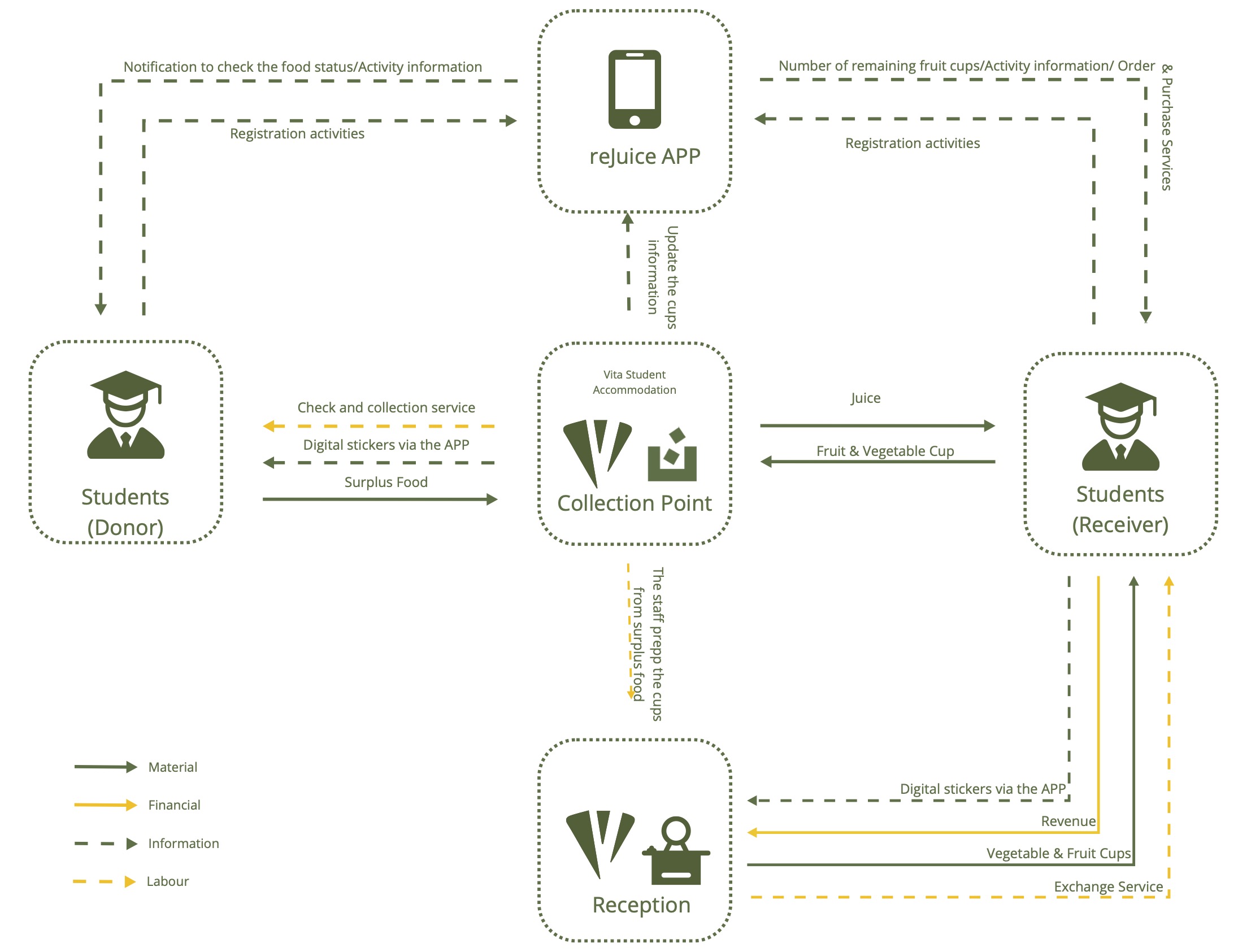
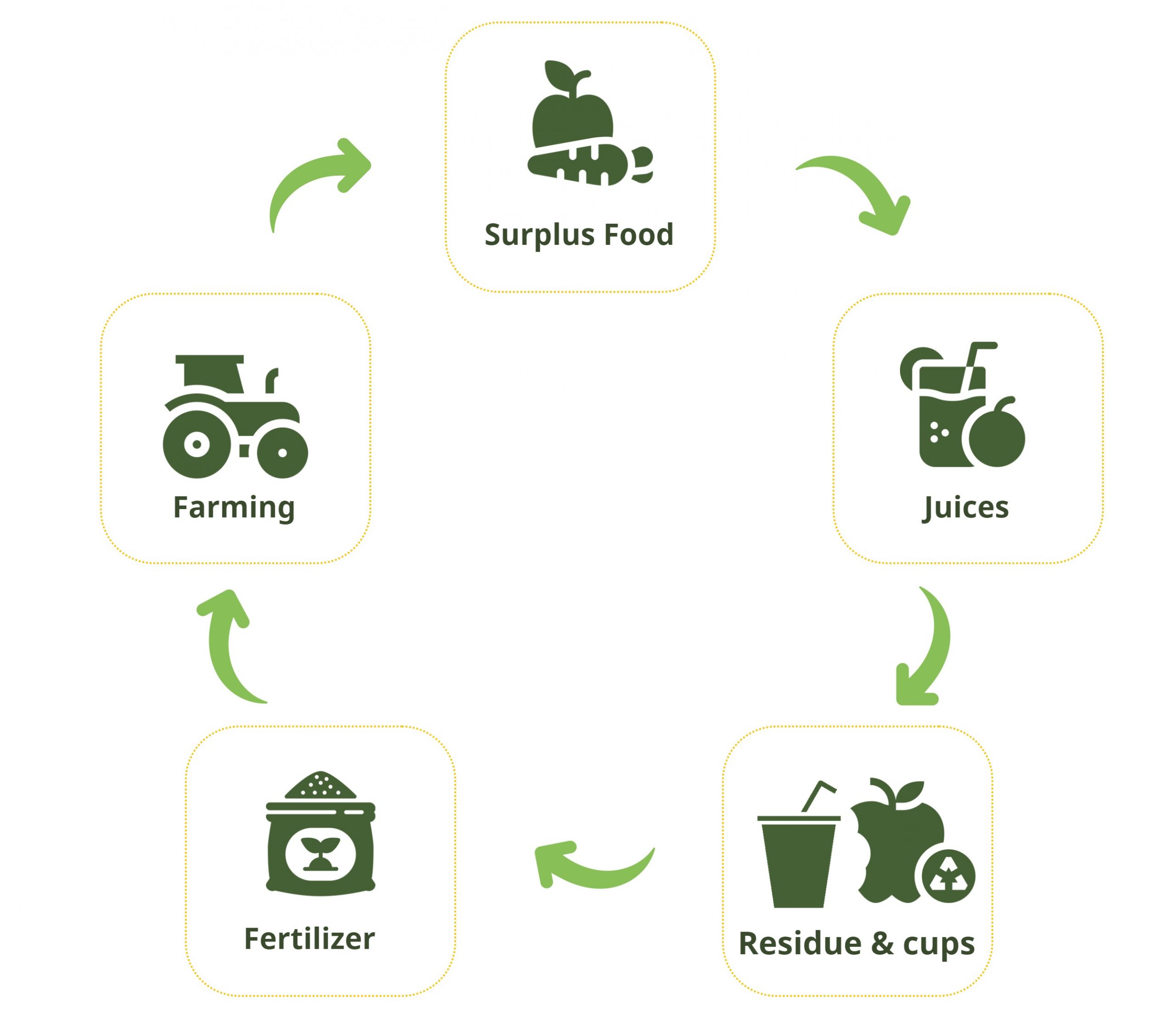
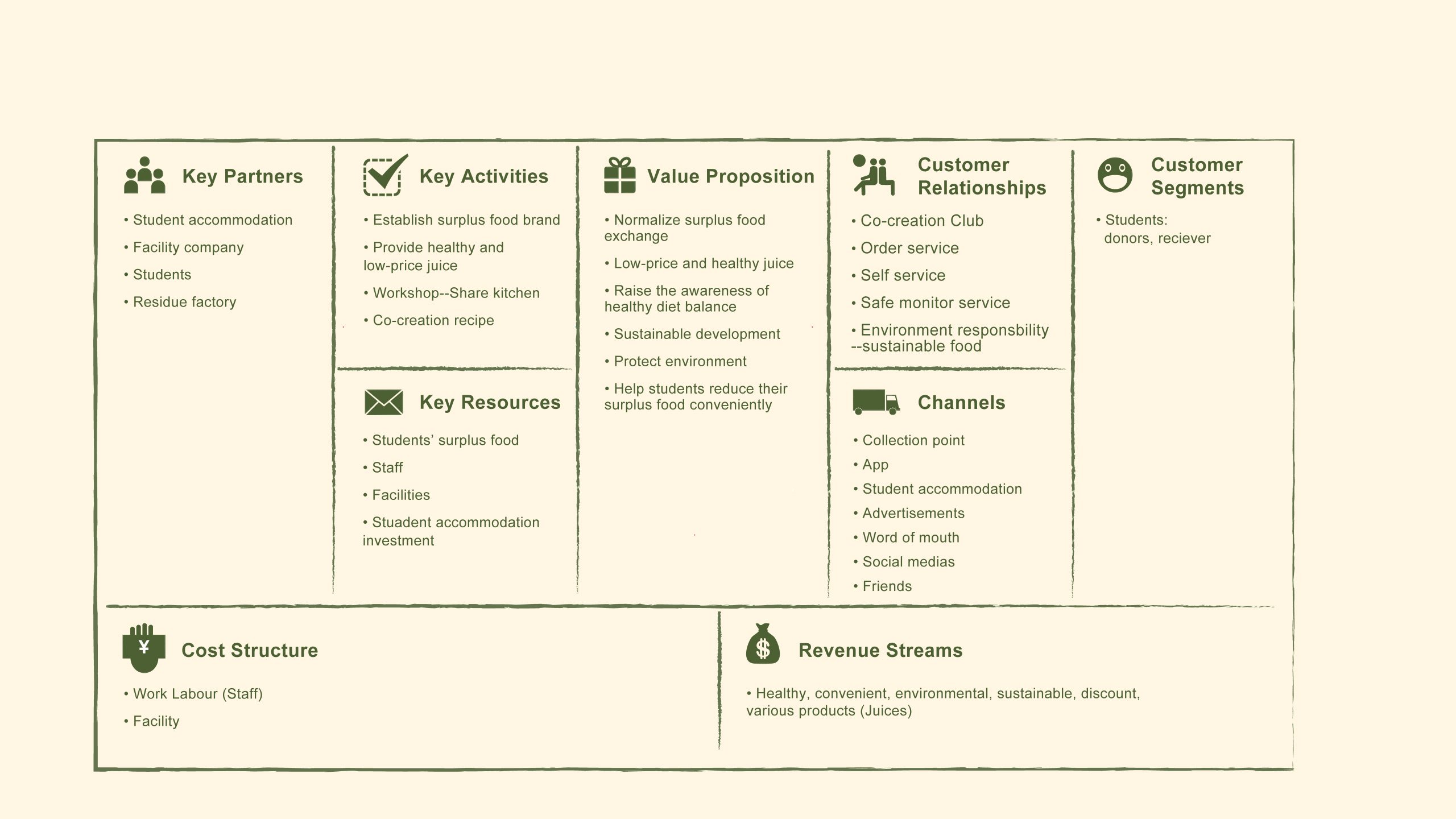
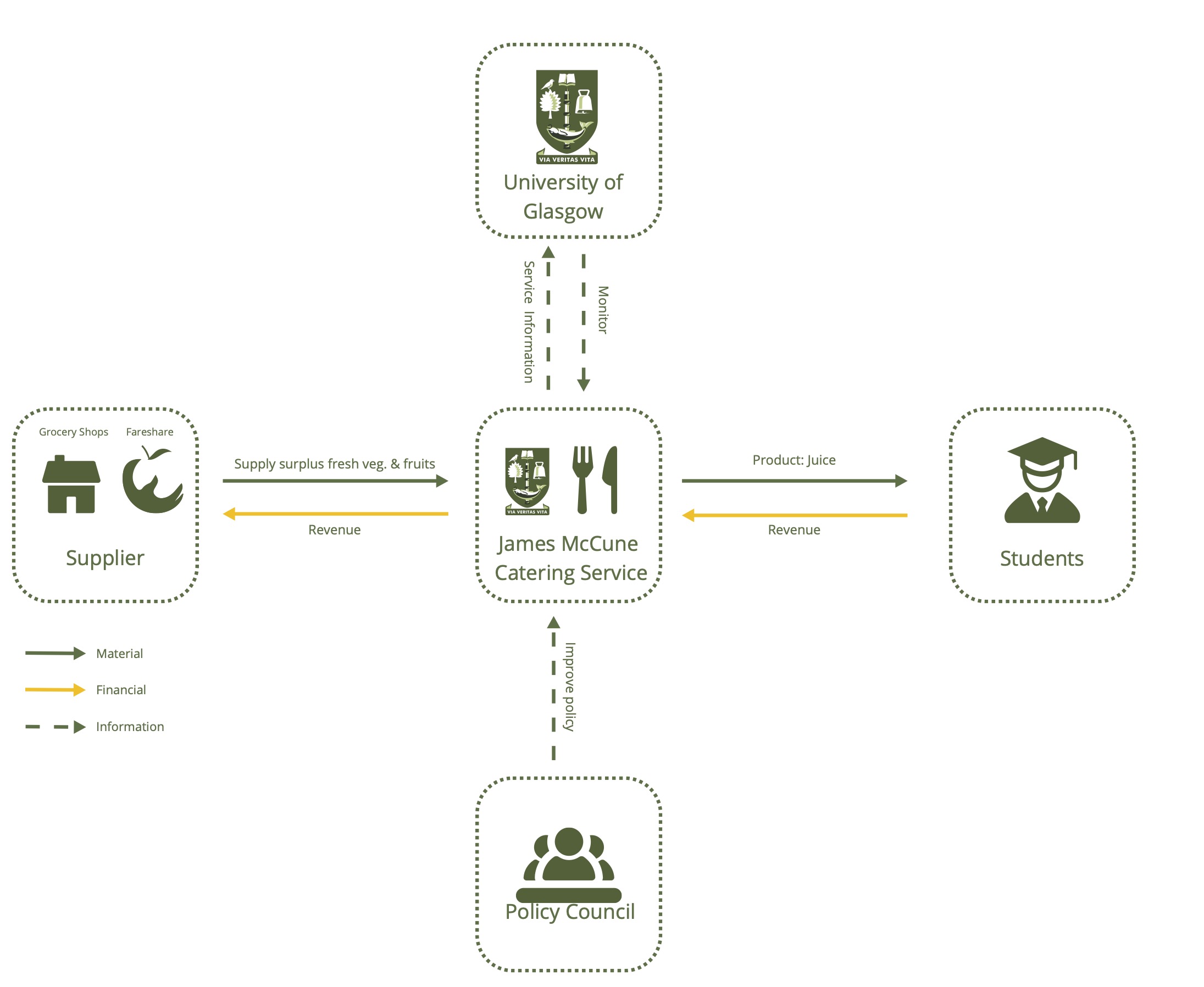

Vlaholias, E. g., Thompson, K., Every, D. and Dawson, D. 2015. Reducing food waste through charity: exploring the giving and receiving of redistributed food In: Envisioning a future without food waste and food poverty.
My little story #1
I'm good at thinking rationally and drawing inferences about other cases from one instance.
My little story #2
I practised hard-pen calligraphy for 5 years when I was a child.
My little story #3
I am good at finding questions.
My little story #4
I'm a experienced street dancer with Jazz, Hiphop, Waacking, Locking...
I have got the Jazz Instructor's Licence!
My little story #5
I am desired to learn new things.
My little story #6
I love different types of food and am learning to cook.
My little story #7
I participated in school sports games every year when I was a student.
My little story #8
I hosted a national street dance competition as a vice president of street dance societyin college.
My little story #9
I love travelling and am aimed to travel around world.
My little story #10
My favourit film is 《The Legend of 1900》.
And my favourit musical is 《Hamilton》.
My little story #11
I'm good at finding key insights from complex matters.
My little story #12
I'm a perfectionist and detail orientated.
My little story #13
I love the sunshine, the ocean and the sky.
My little story #14
I love music, games, fashion, art, ikebana, travelling, films, exercise, delicious food...
My little story #15
I love sunrises, sunsets and enjoy the midnights.